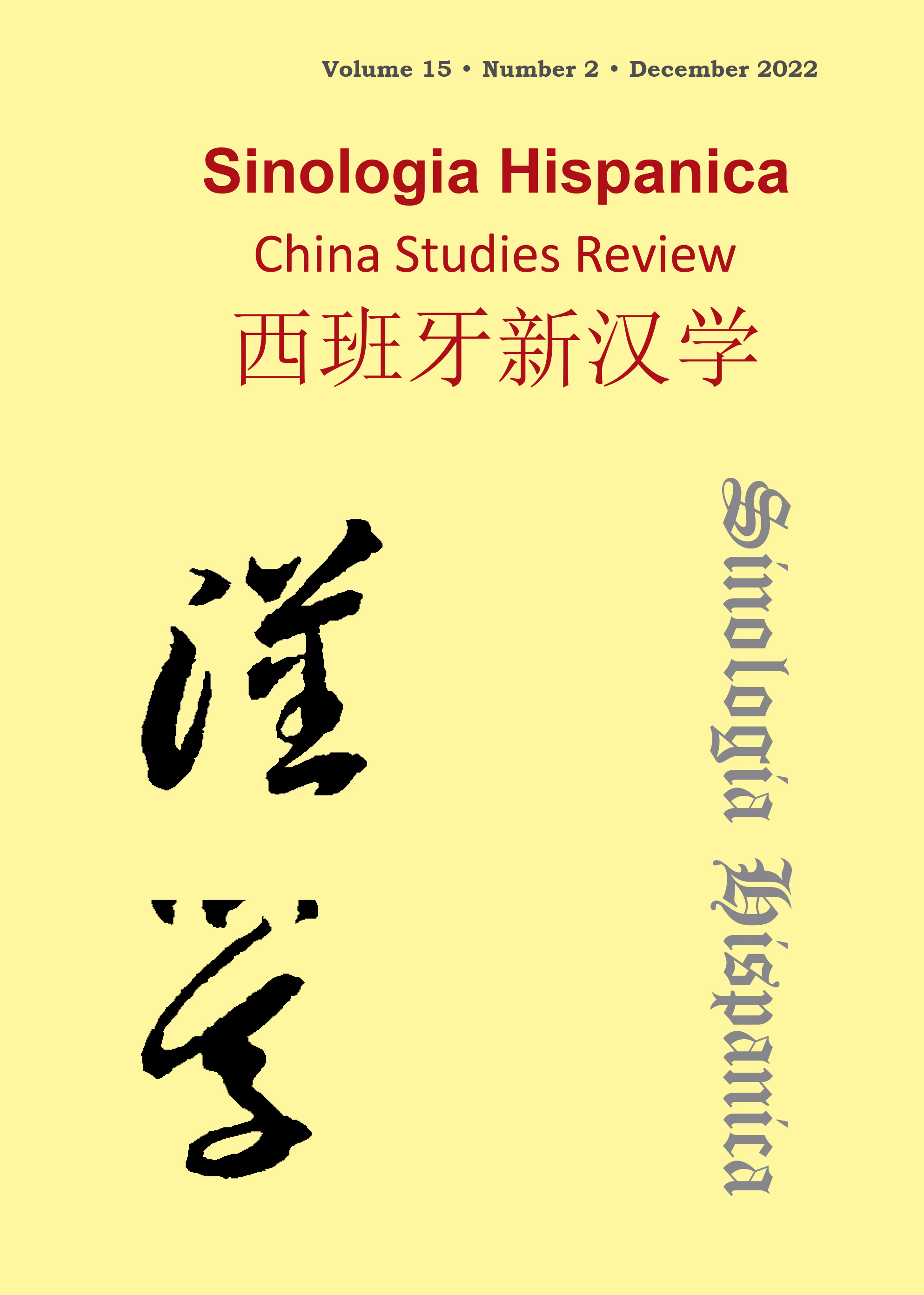Exoticism and Reception on the Silk Roads: Two Pieces of Roman Glass Found in Tombs of Ancient China (4th-6th Century A.D.)
DOI:
https://doi.org/10.18002/sin.v15i2.7465Keywords:
Ancient glass; Roman glass; the Silk Routes; East Asia; cultural interaction; Buddhism.Abstract
In the ancient world, China wasn’t part of the traditional centers in the manufacture of glass, a material that was considered rare and luxurious by the ancient Chinese people. Nevertheless, in the sites there has been excavated a certain amount of glass vessels whose typical characteristics demonstrate their external origin both evidenced by typological analysis, decorative style and chemical composition. The study of ancient Chinese glass, however, has not received sufficient attention, existing researches on exotic glass mainly focus on aspects such as its foreign nature and routes of introduction, and lacks in-depth reflections on the roles of China or other ancient East Asian countries in the further transmission of glass, as well as a thorough consideration of the degree of reception of glass in another cultural environment. Therefore, in the context of the Silk Roads between the fourth and sixth centuries AD, this paper takes as an example the two pieces of glass found in the Feng House Necropolis in Jingxian (Hebei Province). By examining their characteristics, analyzing their chemical composition and comparing them with parallel specimens, it is clear that they are typical of the Roman Empire, both produced on the eastern coast of the Mediterranean area, and very possibly were introduced into China through the Steppe Routes and continued to radiate other parts of East Asia, such as the Korean peninsula. However, the introduction of glass in China, although limited in volume and without a profound impact on the recipient country, still left its mark on Buddhist practices and art.
Downloads
Métricas alternativas
Downloads
Published
Versions
- 2024-03-06 (2)
- 2022-12-22 (1)
How to Cite
Issue
Section
License

This work is licensed under a Creative Commons Attribution-NonCommercial-ShareAlike 4.0 International License.
Sinología Hispánica. China Studies Review considers all manuscripts on the strict condition that:
- The authors assign the exploitation rights (reproduction, distribution, public communication and transformation) of the work accepted for publication to the University of León on a non-exclusive basis. Authors can establish, on their own, additional agreements for the non-exclusive distribution of the version of the work published in the journal (for example, placing it in an institutional repository or publishing it in a book), always acknowledging the initial publication. in this magazine.
- The manuscript is your own original work and does not duplicate any other previously published work, including your own previously published work.
- The manuscript is not currently under consideration or peer review, nor accepted for publication, nor in press, nor published elsewhere.
- The manuscript contains nothing that is abusive, defamatory, libellous, obscene, fraudulent, or illegal.
- Please note that Sinologia Hispanica uses Turnitin software to screen manuscripts for unoriginal material. By submitting your manuscript to Sinologia Hispanica you are agreeing to any necessary originality checks your manuscript may have to undergo during the peer-review and production processes. Any author who fails to adhere to the above conditions will be rejected.
- Authors are allowed and encouraged to electronically disseminate the pre-printed versions (version before being evaluated) and / or post-printing (version evaluated and accepted for publication) of their works before publication, since it favors their circulation and dissemination more early and with it, a possible increase in its citation and reach among the academic community.
Sinologia Hispanica is under an international license Creative Commons Attribution-Noncommercial-Share Alike 4.0. You can read more about this license in an informative version and legal text.








